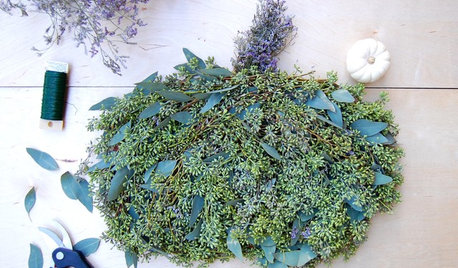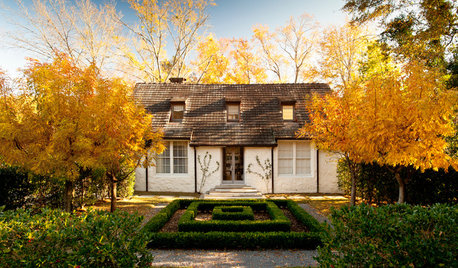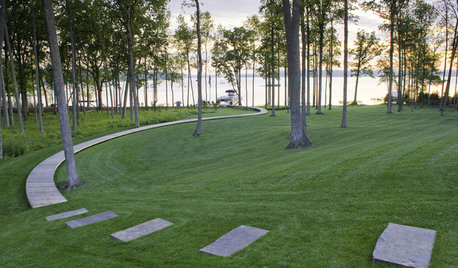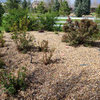Seeding Perrenials in Fall
gaia_girl
15 years ago
Related Stories

GARDENING GUIDESHow to Plant a New Lawn From Seed
Choose from more grass varieties and save money over sod by starting your lawn from seed
Full Story
CONTAINER GARDENS8 Easy Container Plants to Grow From Seed
Get beautiful blooms and herbs in summer by starting these choice garden picks from seed in spring
Full Story
GARDENING GUIDESSeeds or Seedlings? How to Get Your Garden Started
Growing delicious herbs and vegetables starts with knowing your goals and when you want to plant
Full Story
GARDENING GUIDES8 Spectacular Grasses to Energize a Fall Garden
Dancing in the autumn wind or flowing along a flower bed, these ornamental grasses bring wonderful movement and color to the landscape
Full Story
HOLIDAYSFall DIY Project: Pumpkin-Shaped Eucalyptus Arrangement
Freshen up your front entry with this easy-to-make decorative piece
Full Story
FALL GARDENING7 Reasons Not to Clean Up Your Fall Garden
Before you pluck and rake, consider wildlife, the health of your plants and your own right to relax
Full Story
GARDENING GUIDES6 Plants for Colorful Fall Foliage in the Water-Wise Western Garden
Try these colorful, drought-tolerant additions to your garden for a fall season filled with color
Full Story
FALL GARDENING5 Fall Fruits You Can Grow in Containers
Brighten your porch or patio with a potted pomegranate, kumquat, blueberry bush or another great fall fruit
Full Story
FALL GARDENINGWhy Fall Is the Best Time for Planting
Spring is overrated for planting. Starting plants in autumn has advantages for both garden and gardener
Full Story
GARDENING GUIDESGive Your Turf the Fall Tune-up It Deserves
Treat your battered lawn to a little TLC this fall, and it will reward you with lush, healthy grass come spring
Full Story







nancy_in_co
gaia_girlOriginal Author
Related Professionals
Maple Valley Landscape Architects & Landscape Designers · Beachwood Landscape Architects & Landscape Designers · Birmingham Landscape Architects & Landscape Designers · Forest Acres Landscape Architects & Landscape Designers · Signal Hill Landscape Architects & Landscape Designers · Frisco Landscape Contractors · Belvedere Park Landscape Contractors · Berkeley Heights Landscape Contractors · Fort Worth Landscape Contractors · Kaneohe Landscape Contractors · New Braunfels Landscape Contractors · Cheshire Solar Energy Systems · Maplewood Solar Energy Systems · Voorhees Solar Energy Systems · Whitney Solar Energy Systemsnancy_in_co
davies-cc
gaia_girlOriginal Author
nancy_in_co
gaia_girlOriginal Author
davies-cc